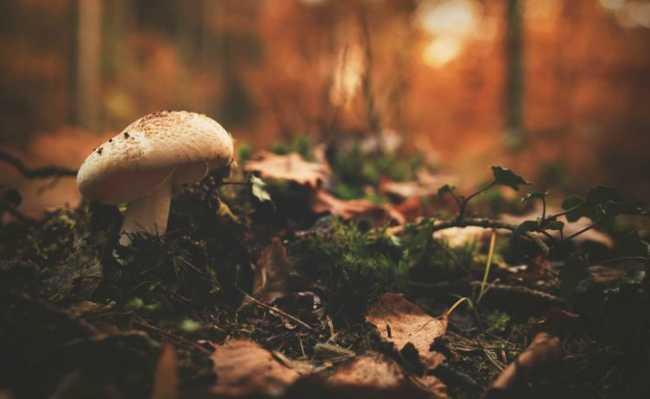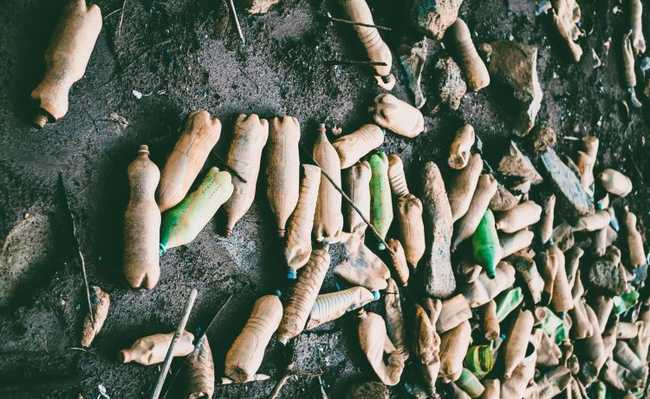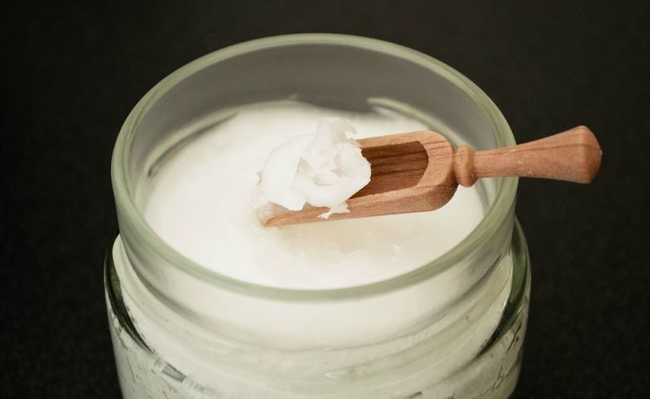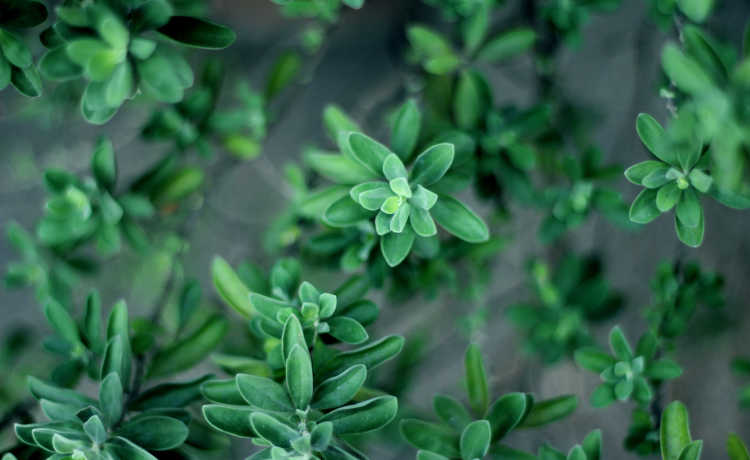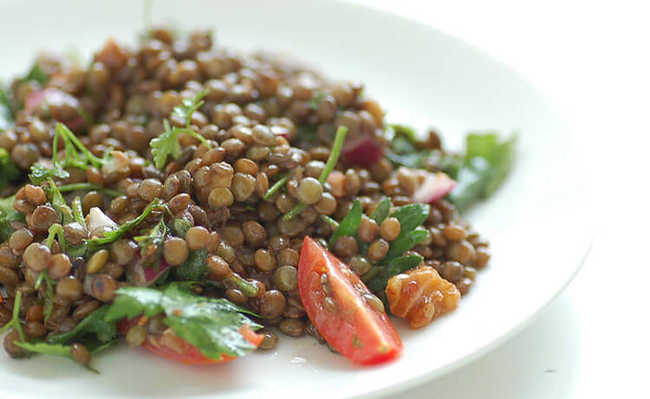What is vaginal thrush?
Vaginal thrush is a very common fungal infection and is treatable.

Edited and resized image by Timothy Meinberg is available on Unsplash
Vaginal thrush is a common infection caused by the genus fungus. Candida. A naturally healthy vagina is an environment that contains bacteria and some fungi. However, when it is out of balance, the composition of microorganisms can vary and make room for the emergence of infections such as candidiasis. Common symptoms of vaginal thrush are often severe itching, swelling, and irritation.
Treating a fungal vaginal infection can alleviate symptoms within a few days. In more severe cases it can take up to two weeks.
Fungal vaginal infection is not considered a sexually transmitted disease (STD). Sexual contact can transmit fungal populations from one person to the other and both people develop candidiasis, but women and men who are not sexually active can also develop candidiasis.
Symptoms of vaginal thrush
- intense vaginal itching
- swelling around the vagina
- Burning during urination or sex
- pain during sex
- Lower abdominal pain
- Redness
- Rash
A whitish vaginal discharge is one of the main symptoms of vaginal thrush, being similar to the texture of cottage cheese.
Causes of vaginal thrush
the fungus Candida is a microorganism that lives naturally in the vagina. But bacteria of the genus lactobacillus keeps your growth under control. Therefore, if there is a disturbance in the organism and these bacteria die, there will be an exacerbated growth of fungi of the genus Candida, which causes the symptoms of vaginal infection.
Several factors can cause a yeast infection, including:
- antibiotics
- Pregnancy
- uncontrolled diabetes
- Weakened immune system
- Bad eating habits, including too many refined foods
- Hormonal imbalance near menstrual period
- Stress
- Sleepless nights
- What is the menstrual cycle?
the fungus Candida albicans it is primarily responsible for most fungal infections, but it is easily treatable. However, if the infection is recurrent, it may be that the cause is a different version of Candida or some dietary habit or exposure to an allergenic substance that is weakening the immune system.
Diagnosis
Fungal infections like vaginal thrush are easy to identify in a laboratory. For this, be sure to seek medical help and report all symptoms.
Treatment
Every yeast infection is different hence the treatment as well, which is determined based on the severity of the symptoms.
simple infections
For simple infections, in the conventional way, treatment with a duration of one to three days of antifungal cream, ointment, tablet or suppository is prescribed. These medications may be on prescription and include:
- Butoconazole (Gynecol)
- Clotrimazole (Lotrimin)
- Miconazole (Monistat)
- Terconazole (Terazole)
- Fluconazole (Diflucan)
Even if the infection is simple, medical follow-up is necessary to ensure that the treatment is effective.
complicated infections
Candidiasis complicated to treat can occur in the following cases:
- Severe redness, swelling and itching leading to sores or pus in the vaginal tissue;
- More than four fungal infections in one year;
- Be pregnant;
- Having uncontrolled diabetes or a compromised immune system due to medication intake;
- Have HIV.
Possible treatments for severe or complicated fungal infections include:
- 14 days of vaginal treatment with cream, ointment, tablet or suppository;
- Two or three doses of fluconazole (Diflucan);
- Long-term prescription of fluconazole taken once a week for six weeks or long-term use of a topical antifungal medication.
If the infection is recurrent, it may be necessary to check whether the sexual partner or partner has a yeast infection. Remember to use condoms. And don't take medication on your own.
natural treatment
Do not substitute conventional treatment for vaginal thrush. But, after talking to your doctor or doctor, you can use ancillary methods to treat vaginal thrush. Some popular natural remedies include:- Coconut oil
- Tea tree essential oil diluted in coconut oil
- boric acid vaginal suppositories
- Diet free of inflammatory foods like gluten and sugar
- 16 foods that are natural anti-inflammatory
- What is gluten? Bad guy or good guy?
- Sugar: the newest health villain
Always make sure your hands are clean before applying creams or oils to your vagina. You can also talk to a doctor before taking natural remedies. This is important because if your symptoms are due to something other than a simple yeast infection, it can help diagnose.
Talk to him about herbal remedies if you are taking over-the-counter medications. Some herbs can interact with medications or cause other unwanted side effects.
Prevention is better than cure
Knowing your own body makes it easier to avoid the appearance and recurrence of vaginal thrush. Some women get a vaginal infection whenever they take antibiotics or wear wet clothes or eat inflammatory foods like sugar, gluten, and alcohol.
What to do:
- having a balanced diet
- Ingest probiotic foods
- Wear natural fiber panties like cotton
- Prefer the cotton cloth absorbent or the menstrual collector
- Wash underwear in hot water with coconut soap or products with less harmful chemicals
- Avoid using soap inside the vagina, use only water
What to avoid:
- Tight pants, pantyhose, tight pants or leggings
- Intimate deodorant or scented absorbent
- Wet clothes, especially bathing suits
- Hot tubs or frequent hot baths



